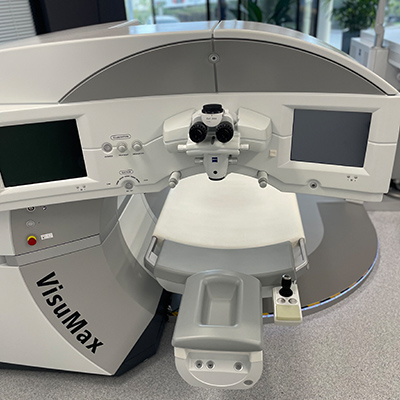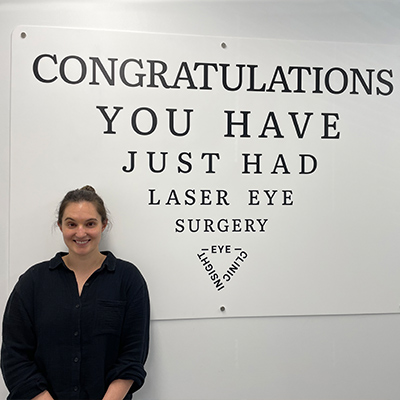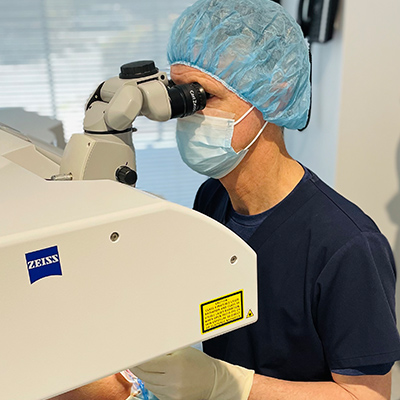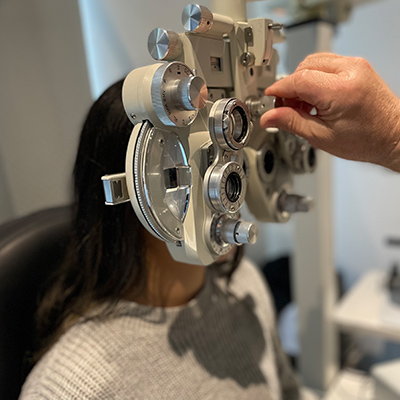Eye Injuries
When Should You Seek Medical Care?
Let us premise this by stating that if you currently have an eye injury that you are wondering whether or not to seek medical care for, remain vigilant. Even seemingly small eye injuries can cause long-term damage if not treated correctly and quickly.
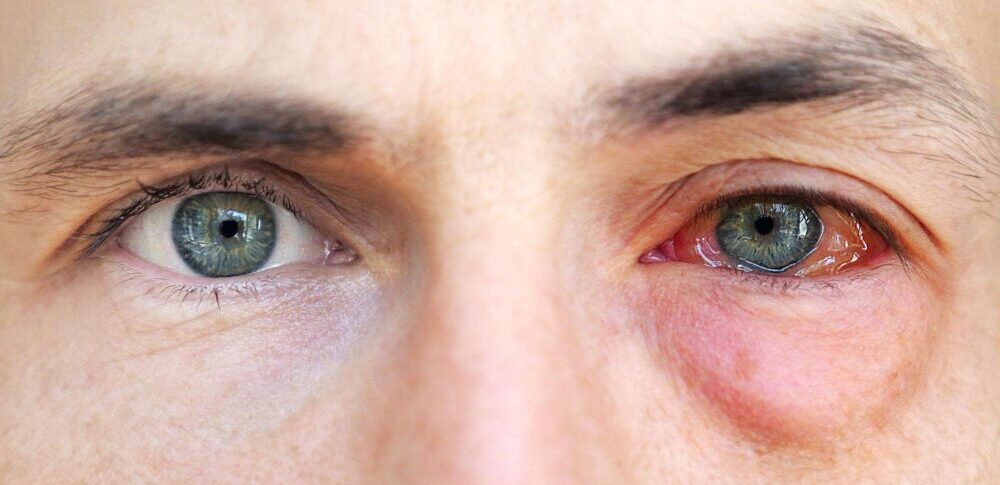
What are the signs/symptoms of severe eye injuries that require immediate attention?
Severe eye injuries can be a result of blunt force trauma, a laceration, a penetration from a sharp object or a chemical burn. There are also several eye emergencies that do not have an extreme or obvious cause but require immediate attention.
Eye injury symptoms to seek immediate attention for:
• A change or loss of vision
• Trouble moving the eye
• A change in pupil size/shape – pinhole or very dilated
• A penetrating object or foreign body within the eye (do not attempt to remove)
• Black patch(es) in vision
• Flashing lights
• Double vision
• Ongoing eye pain (especially if trauma has occurred)
If any of your symptoms are not listed but you are still concerned, contact your GP or Health Direct on 1800 022 222 (for those within Australia). Health Direct are available 24/7.
What is considered a minor eye injury?
The most common eye injury is a corneal abrasion (scratched eye). This can be caused by: a tree branch, a fingernail, sand/dirt in the eye which is usually followed by rubbing of the eye, soap or another fluid type substance in the eye etc.
If you do not have any of the symptoms listed under the previous paragraph, ‘Eye injury symptoms to seek immediate attention for’, then you might be able to help yourself at home.
Minor eye injury symptoms that might not need medical attention:
• A watering/red eye – This may be persistent but usually a result of a corneal abrasion/allergies. Lubricating eye drops, no rubbing and monitoring can help. If you are a known allergy sufferer, an approved anti-histamine could also improve your symptoms. If you have ongoing pain, increasing redness, swelling or any discharge from the eye, seek advice. You might require an antibiotic or anti-inflammatory eye drop.
• Dirt/sand/dust in the eye – Avoid rubbing, no matter how tempted you are. People often panic when they can feel a small foreign body within the eye and immediately attempt to remove it by rubbing. Rubbing the eye when there is something in it can scratch the cornea causing an abrasion. This might need further treatment and can be sore and irritating.
If wearing contact lenses – remove them. Try gently pinching the top eye lid to lift it off the eyeball, look down and blink continuously. Rolling the eye ball around can also move it towards the inside of the eye which will make it easier to remove/naturally come out with tears. You can also flush the eye with saline, eyewash or water.
• Soap/shampoo/cosmetics/solvents in the eye – Flush the eye with eyewash, saline or water immediately. The more harsh/chemical based the offender is, the longer you will need to flush. 15 minutes of continuous running water on the eye(s) is recommended to reduce long-term vision impairment.
• Subconjunctival haemorrhage – The below link can explain exactly what this occurrence is as well as the potential cause and what to do. Although it might look scary, a subconjunctival haemorrhage rarely requires action.
Who should I see? My GP, Optometrist, Ophthalmologist or the emergency department
Depending on the type of urgency your eye injury poses, any of the above are suitable. If you have any of the severe symptoms listed above, the emergency department is likely the best place to visit. Most ED’s have an eye department that can tend to your emergency.
⊗ Do not drive yourself anywhere with an eye injury, especially if your vision is effected. Have someone drive you or call an ambulance.
Most Ophthalmologists require a referral with details of the eye complaint. If you have what appears to be an infection, ongoing pain, a corneal abrasion, blurred vision or flashing lights, you can visit your GP who can refer you to the best Ophthalmologist in that moment. They can also advise you on how immediate the care you require is. You may need to be seen immediately or sometimes people can wait up to 48 hours, depending on the symptoms.
Most Optometrists are unable to write prescriptions so they are not the same as a GP in this moment of immediate care. They can, however, refer you on to an Ophthalmologist within the field that you require.
When to flush the eye and when to leave it alone
If you get a chemical substance in your eye, it is important that you flush the eye continuously for 15 minutes with running water as soon after the incident as possible. This method has been proven to preserve sight long-term. Follow up with medical care, most hospital emergency departments have an eye department.
The three categories of chemical eye burns are:
• Alkali burns – these burns involve high pH chemicals, and thus are the most dangerous. They are powerful enough to penetrate the eye, and cause damage to its vital inner components. In the worst cases, alkali burns can lead to conditions like cataracts and glaucoma and may cause vision loss or blindness.
• Acid burns – lower pH burns that are less serious than alkali burns, but still dangerous. These burns are unable to penetrate the eye, but still may cause significant damage to the cornea, with the potential to cause vision loss.
• Irritations – these burns have a neutral pH
You should only flush the eye if a liquid chemical/irritant has entered it. For ex. do not flush the eye if you have a foreign body, eye infection, corneal abrasion etc.
Should I be worried about a black eye injuries?
Seek immediate medical attention if any of the following occurred as a result of receiving the black eye: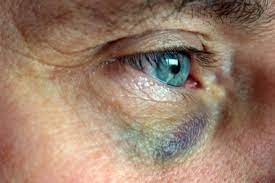
• Loss of consciousness
• Severe ongoing pain/headaches
• Double vision
• Change in vision / loss of vision
• Inability to move the eye
• Flashing lights – could be a sign of retinal detachment
• If the black eye migrates to the other eye it can be a sign of a hidden skull fracture
If none of the above occur… treatment at home will usually suffice. Cold compress for 15-20 minutes every hour for the first 24 hours. This will reduce swelling. After the swelling has gone down in a couple of days, apply a warm compress. This helps healing and pain by increasing blood flow to the eye area.
Follow us on social media for regular updates on patient journey’s and everything EYES!
Every like, every share & every comment is important ♥
References & further articles that may be of use
Department of Health – First Aid for Eye Injuries
John Hopkins Medicine – Black Eye Injury Management
American Academy of Ophthalmology – Recognizing and Treating Eye Injuries
**Please note this blog is not a substitute for medical advice. If you have any concern about your vision quality or eye health, we urge you to contact your GP or Ophthalmologist**




